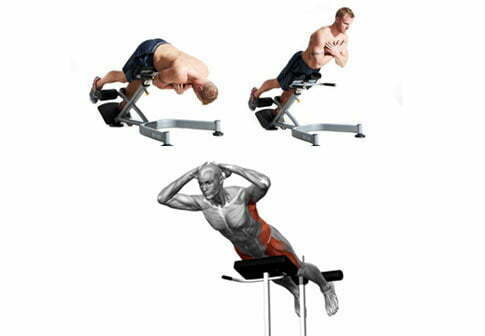What is Posture?
Posture is a term used to describe a position of the body or the arrangements of body parts relative to one another. Ideal postures are those assumed to perform an activity in the most efficient manner utilizing the least amount of energy. All activity begins with a posture and ends with a posture.
What is Good and Bad Posture?

Good posture involves training your body to stand, walk, sit and lie in positions where the least strain is placed on supporting muscles and ligaments during movement or weight-bearing activities. Proper posture keeps bones and joints in the correct alignment so that muscles are being used properly.
Poor posture is the posture that results from certain muscles tightening up or shortening while others lengthen and become weak which often occurs as a result of one's daily activities. Poor posture is a very common condition. Posture issues are generally caused by muscular imbalances, in which a muscle is either too tight or too weak. According to the Experts 70 percent to 85 percent of people experience back pain at some point. Performing the right exercises can greatly improve posture.Strength training is an important part of an overall fitness program. strength training can provide significant functional benefits and improvement in overall health and well-being, including increased bone, muscle, tendon and ligament strength and toughness, improved joint function, reduced potential for injury, increased bone density, increased metabolism and increased fitness. Strength training is not simply a matter of "bulking up." It can also achieve a number of beneficial changes on the molecular, enzymatic, hormonal, and chemical levels in your body, which will also help slow down many of the diseases caused by a sedentary lifestyle. There are some strength training exercises:
Goblet Squat-The goblet squat is a multijoint lower-body exercise that fires up the glutes, quads, and hamstring while also increasing strength throughout the shoulders. Goblet squats, also referred to as the ‘kettlebellsquat’

- Start in a standing position with your feet slightly wider than your hips.
- Grasp dumbbell with both hands at the sides of the upper plates. Hold the dumbbell in both hands in front of your chest.
- Using your hip flexors to pull you down, squat down in to a deep seated position with your butt right to the ground.
- Squat down until thighs are parallel to floor. Keep back straight, bend and move hips backward to keep knees above feet. Return, keep knees slightly flexed. Repeat.
One Arm Dumbbell Row-One Arm Dumbbell Row is an exercise for Middle Back. It is a beginner level exercise can be done by any person who has just started going to GYM. The exercise need only pull force to pull the dumbbell from downwards to upwards.

- Stand to the right of your weight bench, holding a dumbbell in your right hand with your palm facing in.
- Place your left knee and your left hand on top of the bench for support. Let your right arm hang down and a bit forward.
- Your torso should be parallel to the floor keep and your lower back flat.
- Pull the dumbbell up in a vertical line into your mid section keeping your elbows in close to your torso.
- Slowly lower the dumbbell until your arm is fully extended, fully stretching your lats.
- Repeat movement with your right hand.

Side Plank – To strengthen your balance, try side plank exercise. Side planks works all the muscles you need to maintain proper posture, like your back, chest, shoulders, abs and neck.
- Lie on your right side, in a straight line from head to feet, resting on your forearm.
- Your elbow should be directly under your shoulder. With your abdominals gently contracted, lift your hips off the floor, maintaining the line.
- Keep your hips square and your neck in line with your spine. Hold 20 to 40 seconds and lower. Repeat two to three times.

Single Leg Back Extension- The single-leg back extension is a single-joint exercise that strengthens the lower back as well as the mid and upper back, glutes, and hamstrings. This exercise builds foundation strength for major pulling exercises.
- Set up a back extension machine or Roman chair with the thigh pad just below your waist.
- Cross arms over chest and lower body at waist as far down to the ground as comfortably possible.
- Make sure to keep back naturally arched, do not bend over too far and curve back.
- Begin exercise by raising upper body at the waist in a smooth controlled manner, until your body forms a straight line.
- Hold at this position for a brief moment and then slowly return back to starting position.

Cable Pull Down- The pull down exercise is a strength training exercise.The primary target of the pull down is the latissimusdorsi. While the middle back is also involved to a lesser degree in the exercise, the vertical nature of the pull tends to take the muscles of the mid back out of the movement.

- Sit down on a pull-down machine with a wide bar attached to the top pulley. Adjust the knee pad of the machine to fit your height.
- Grab the bar attached to the pulley using an underhand grip at shoulder width and sit on the machine seat with arms outstretched.
- As you breathe out, pull the bar down until it touches your upper chest by drawing the shoulders and the upper arms down and back.
- After a second on the contracted position, while breathing in, slowly bring the bar back to the starting position when your arms are fully extended and the lats are fully stretched. Repeat.
















